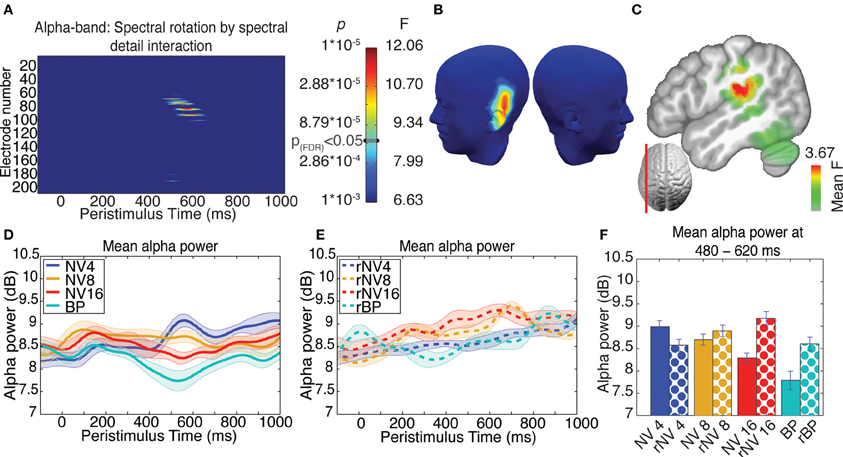
94% of researchers rate our articles as excellent or good
Learn more about the work of our research integrity team to safeguard the quality of each article we publish.
Find out more
GENERAL COMMENTARY article
Front. Syst. Neurosci., 01 April 2014
Volume 8 - 2014 | https://doi.org/10.3389/fnsys.2014.00047
This article is part of the Research TopicThe effect of hearing loss on neural processingView all 30 articles
This article is a commentary on:
Left temporal alpha-band activity reflects single word intelligibility
A commentary on
Left temporal alpha-band activity reflects single word intelligibility
by Becker, R., Pefkou, M., Michel, C. M., and Hervais-Adelman, A. G. (2013). Front. Syst. Neurosci. 7:121. doi: 10.3389/fnsys.2013.00121
Figure 5 of the article by Becker et al. (2013) contained a minor error, which we hereby rectify. In the original figure at the bottom left of panel C the indication of the sagittal section used for display of the inverse solution is incorrect. We therefore re-submit Figure 5 with the correct cross-section for subpanel C.

Figure 5. Results of ANOVA of induced activity in the alpha-band. (A) Electrode-by-time plot of the p-values for the interaction of rotation × spectral detail with corresponding F- and p-values, thresholded at p = 0.001, revealing the time-window of interest (462–633 ms). The color bar indicates the corresponding F- and p-values, the threshold for p(FDR) < 0.05 is indicated. (B) Topography of this effect, using the same color scale as in (A) at the peak of the effect (533 ms), indicating a contribution of left-temporal sources. (C) Localization of this effect in the inverse space, the main source being in the left supramarginal gyrus extending into left inferior parietal and superior temporal structures, showing the average F-statistic over the time-window of interest. (D) Average time-course of this effect in a cluster of five contributing electrodes across NV conditions, demonstrating enhanced alpha-band suppression for more intelligible conditions. (E) Corresponding time-courses for the spectrally rotated conditions, where the effect of spectral detail is absent. (F) Alpha-band activity for each condition in the significant time-window, error bars represent standard error of the mean corrected to be appropriate for repeated-measures comparisons, as described in Loftus and Masson (1994).
Becker, R., Pefkou, M., Michel, C. M., and Hervais-Adelman, A. G. (2013). Left temporal alpha-band activity reflects single word intelligibility. Front. Syst. Neurosci. 7:121. doi: 10.3389/fnsys.2013.00121
Keywords: speech intelligibility, degraded speech, noise-vocoding, alpha oscillations, left inferior temporal cortex
Citation: Becker R, Pefkou M, Michel CM and Hervais-Adelman AG (2014) Corrigendum: Left temporal alpha-band activity reflects single word intelligibility. Front. Syst. Neurosci. 8:47. doi: 10.3389/fnsys.2014.00047
Received: 27 February 2014; Accepted: 14 March 2014;
Published online: 01 April 2014.
Edited and reviewed by: Jonathan E. Peelle, Washington University in St. Louis, USA
Copyright © 2014 Becker, Pefkou, Michel and Hervais-Adelman. This is an open-access article distributed under the terms of the Creative Commons Attribution License (CC BY). The use, distribution or reproduction in other forums is permitted, provided the original author(s) or licensor are credited and that the original publication in this journal is cited, in accordance with accepted academic practice. No use, distribution or reproduction is permitted which does not comply with these terms.
*Correspondence:YWxleGlzLmFkZWxtYW5AdW5pZ2UuY2g=
Disclaimer: All claims expressed in this article are solely those of the authors and do not necessarily represent those of their affiliated organizations, or those of the publisher, the editors and the reviewers. Any product that may be evaluated in this article or claim that may be made by its manufacturer is not guaranteed or endorsed by the publisher.
Research integrity at Frontiers

Learn more about the work of our research integrity team to safeguard the quality of each article we publish.